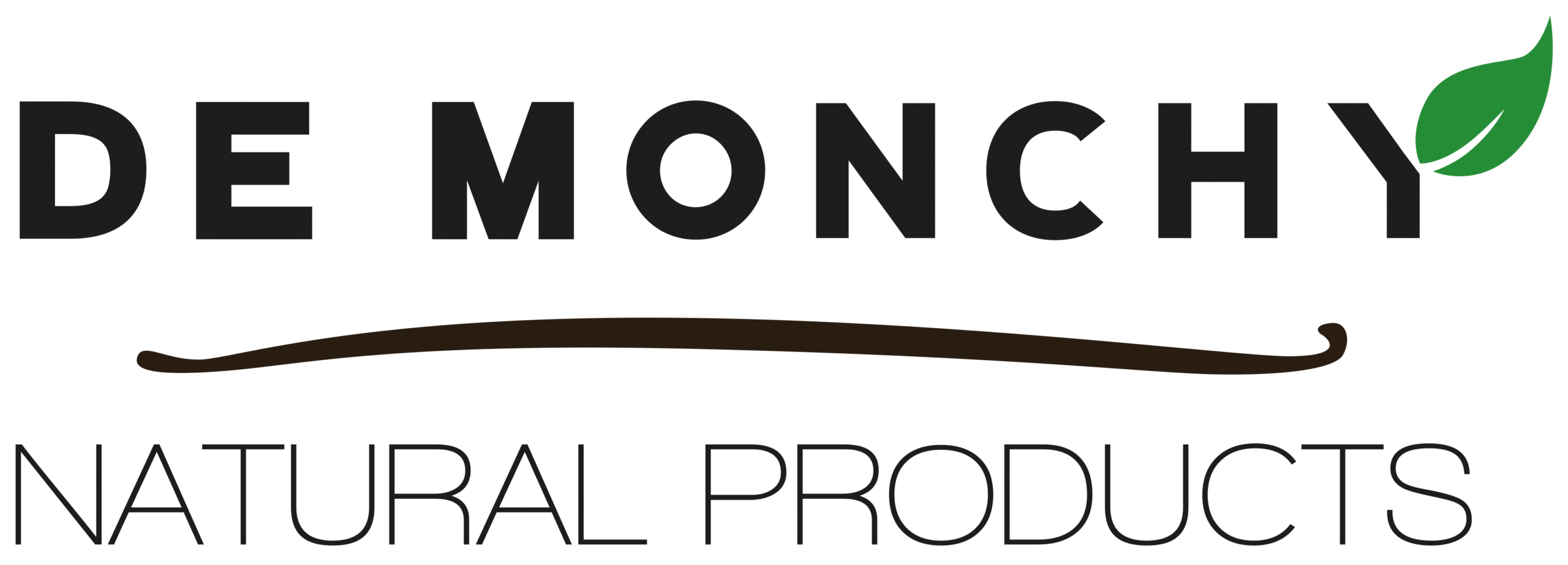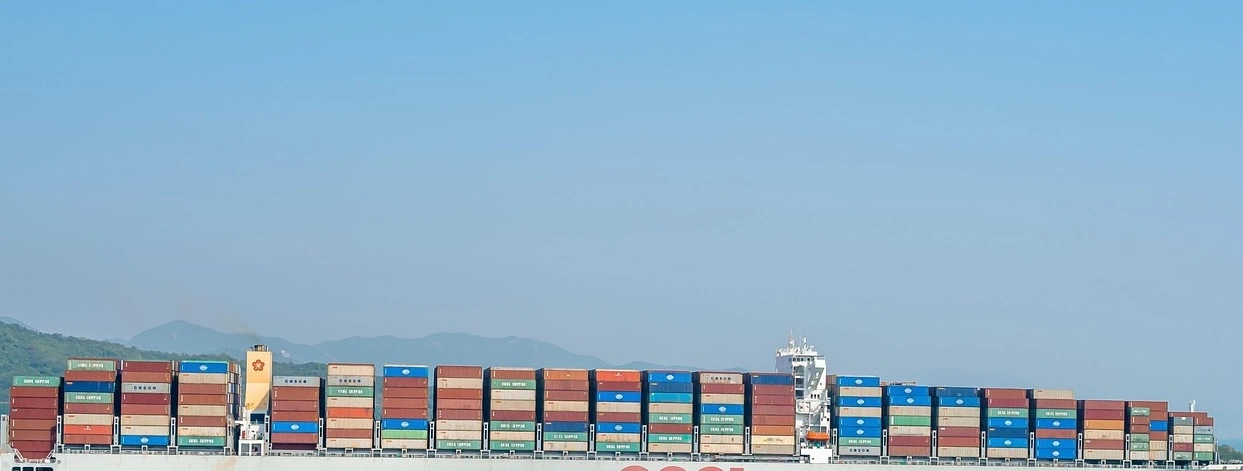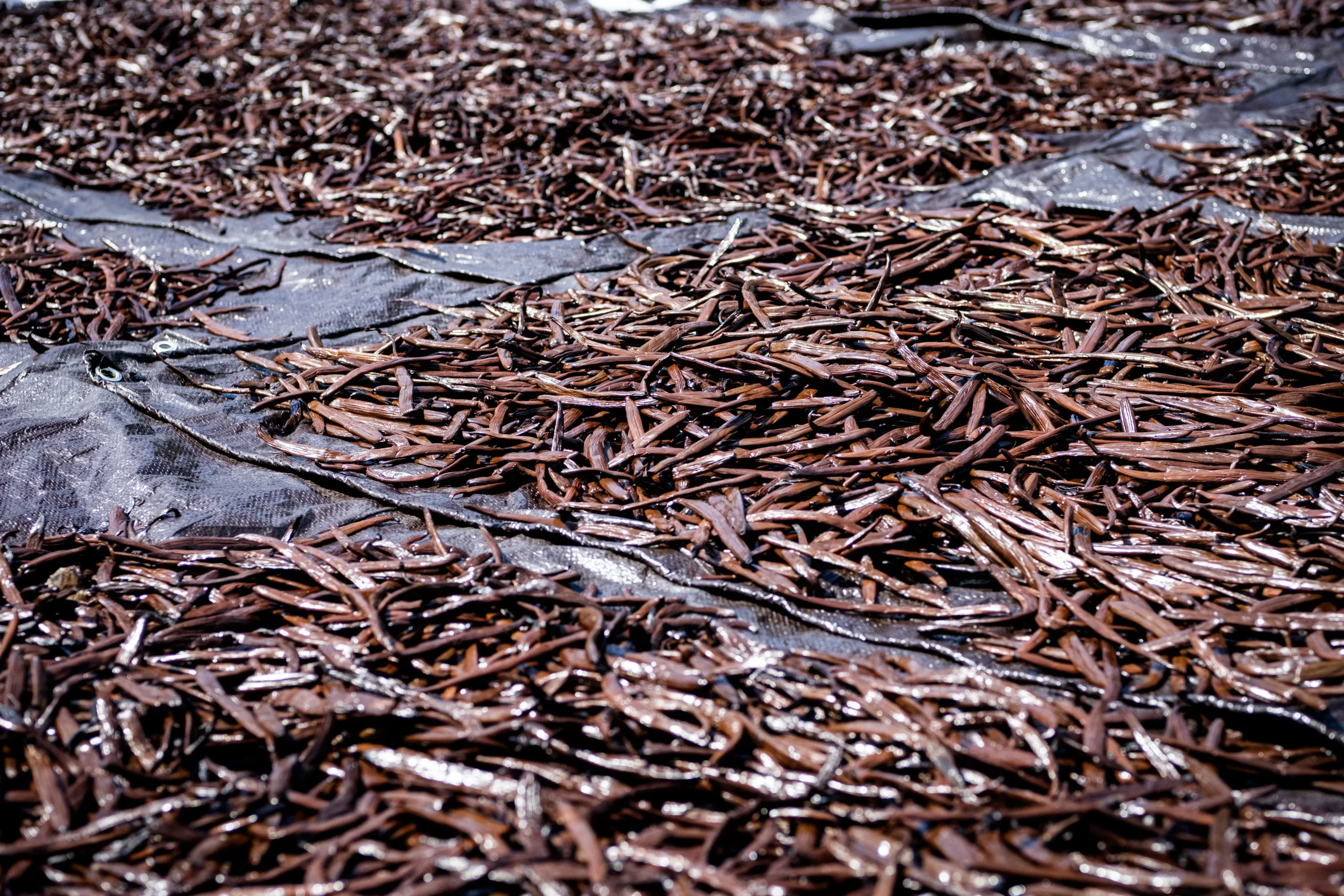Important note regarding this article
This article was originally published in the context of earlier U.S. tariff measures affecting imported natural products. Since then, U.S. trade regulations have evolved.
As of late 2025, additional tariffs previously applied to certain agricultural products that are not produced domestically at commercial scale (including vanilla), have been lifted, restoring standard duty treatment under the U.S. Harmonized Tariff Schedule.
As regulatory frameworks may continue to change, exporters and importers are advised to consult the latest official U.S. customs and trade documentation to confirm current tariff classifications and applicable duties. The information presented in this article should therefore be read in light of these updated regulations.
Introduction
The U.S. Executive Order 14257, announced on April 2nd, 2025, known as the “Liberation Day” Declaration, marked a major shift in U.S. trade policy. Designed to rebalance bilateral trade deficits, the order introduced country-specific reciprocal tariffs, with rates calculated based on a country’s trade surplus with the U.S.
Natural raw materials, including vanilla and many other spices, have not been exempt from this new tariff structure. The order slated the first wave of tariff adjustments to begin on April 9th, with further updates finalized in August 2025.
While the trade landscape remains dynamic and evolutive, the current tariff rates are now published, and stakeholders across the natural ingredients sector are evaluating the impact on global supply chains, pricing strategies, and sourcing decisions.
Impact on Vanilla Markets
Madagascar - From 47% to 15%
Initially, Madagascar faced a proposed extremely high reciprocal tariff of 47%, the second highest among African countries. However, after diplomatic appeals and supply chain impact assessments, the U.S. granted Madagascar a temporary suspension of 90 days, allowing continued exports at 0% while revisions were under review.
As of August 7th, a final tariff rate of 15% has been implemented on vanilla and other natural goods from Madagascar.
Despite the initial uncertainty, demand for Madagascar vanilla beans has remained stable, with buyers absorbing short-term price adjustments. Thanks to its consistent quality and preferred flavor profile among US buyers, Madagascar remains the dominant origin for vanilla used in food & beverage applications. With the different announcements around tariffs, some US buyers accelerated Q2 purchases to pre-empt the August increase & the closing of exports, leading to temporary (but minor) inventory spikes.
Indonesia - 19% but minimal substitution effect
Indonesia was originally listed with a threatening 32% tariff, but saw its rate revised to 19%, effective August 7th.
Although this rate is slightly higher than Madagascar’s, it does not face any competition from Madagascar vanilla due to its specific organoleptic profile, particularly in food applications. US demand for Indonesian vanilla has remained relatively stable, despite this light tariff difference, underlining the non-substitutability between origins for specific industrial applications.
Uganda & Papua New Guinea (PNG)
Both Uganda and Papua New Guinea (PNG) were considered for a default 10% tariff during initial drafts but were ultimately assigned a 15% rate, aligning them with Madagascar under the latest tariff structure.
Uganda has continued to develop as a reliable alternative origin for vanilla products, especially for extractors and blenders seeking more competitive pricing and origin stability.
This fluctuation in tariffs may have had an impact on customers’ forecasts, with an increased short-term competitiveness, but the confirmation of a 15% rate, re-aligned with Madagascar tariffs, has slowed any supply chain rethinking strategies.
Papua New Guinea presents a more complex case. As a producer of both Planifolia & Tahitensis, PNG might appear on paper as a viable alternative to Indonesia. However in practice, several limitations reduce its competitiveness. First, logistics from PNG remains significantly more expensive, and often offset any potential tariff savings. Also, a large share of Indonesian vanilla exported to the US consists of EP Cut quality, a specific product grade that isn’t available from Papua New Guinea processors.
European stakeholders
European vanilla exports are now subject to U.S. tariffs under the new reciprocal trade measures implemented on August 7th, 2025. However, the tariff applied is moderate and adjusted based on existing U.S. import duty rates.
For most natural products like vanilla, which typically have a base import duty of 5–8%, the US government now applies a top-up tariff to reach 15% total. In practice, this means vanilla from Europe now faces a 7–10% tariff, depending on the product code.
The strategic shift lies in European Extractors’ competitiveness. With no additional tariffs affecting European trade with other global markets, EU-based extractors and processors now enjoy a strengthened competitive position compared to their U.S. counterparts, particularly in export markets across Asia, the Middle East, and Latin America. Their ability to source raw vanilla globally and re-export value-added products without added duties gives Europe an increased competitiveness and an opportunity to capture new market shares for vanilla transformation and international redistribution, outside the U.S. corridor.
While access to the American market remains key, these new trade dynamics are reshaping commercial flows, and buyers outside the U.S. may increasingly look to Europe as a stable, high-quality source of vanilla products.
Cassia & Ceylon Cinnamon markets
Sri Lanka's revised US Tariffs
Sri Lanka, known for its Ceylon cinnamon (Cinnamomum verum), was initially slated for a 44% tariff under the early drafts of the US reciprocal tariff policy. Following adjustments, the final rate implemented on August 7th stands at 30%.
This significantly impacts Sri Lanka’s competitiveness in the US market, particularly in comparison with Madagascar Ceylon Cinnamon, which is now subject to only 15% tariffs. Already recognized as a cost-effective alternative, Madagascar Ceylon cinnamon is now positioned even more attractively, especially for large-scale buyers in food, health, and wellness segments seeking lower coumarin levels.
US buyers may shift volumes toward Madagascar to preserve formulation specifications while optimizing landed costs.
Vietnam Cassia
Vietnam, one of the world’s leading exporters of cassia cinnamon, faced an initially proposed 46% tariff, which was ultimately revised to 20%, effective August 7th.
While Vietnam has traditionally been a price leader in cassia exports, particularly compared to Indonesia, this new tariff erodes part of that advantage. US Buyers already source the majority of their cassia from Indonesia, and this adjustment may help Indonesia’s competitiveness in price-sensitive segments, though only marginally, given existing trade patterns.
Tariffs' Impact on Cloves markets
Cloves from Madagascar are particularly valued for their high essential oil content and consistent quality, making them a top choice among U.S. distillers, food formulators, and fragrance manufacturers. While the 15% tariff has marginally tightened margins, demand has remained stable due to the non-substitutability of its quality profile.
This new tariff structure also improves Madagascar’s relative tariff advantage over Indonesia, which faces a higher duty rate (19%).
Strategically, long-term contracts and strong importer-origin relationships continue to buffer short-term volatility and reinforce Madagascar’s standing in the U.S. cloves market.
📦 Our Cloves solutions – Bulk Madagascar Cloves
Comoros situation on Cloves
Comoros, though smaller in production volume, emerges as a highly competitive origin for clove exports to the U.S., thanks to a flat 10% tariff — notably lower than Madagascar’s 15% or Indonesia’s 19%.
This positions Comoros as the most cost-attractive origin for U.S. clove buyers, especially in commodity-grade applications where cost-per-kilo outweighs brand or terroir value. If logistics remain reliable, Comorian cloves could gain market share, particularly for extractors and industrial blenders focused on price-sensitive end products.
Conclusion
With the implementation of Executive Order 14257 and the introduction of country-specific reciprocal tariffs, buyers across the vanilla, cassia cinnamon, and clove sectors are re-evaluating how to best structure their procurement strategies going forward. At De Monchy Natural Products, we work together with our local teams to navigate this evolving environment by ensuring secure, traceable, and quality-driven supply channels across all impacted origins.
While the initial shock of steep proposed tariffs has now passed, the new structure still significantly impacts the global sourcing landscape. With reciprocal tariffs now active as of August 7th, procurement teams are navigating a new, yet still fluid reality. Origins like Madagascar, Indonesia, Sri Lanka, Vietnam, and Comoros are now operating under revised terms, but in a climate where policy shifts can still occur quickly, and certainty remains limited. As a result, sourcing strategies must remain agile, blending short-term responsiveness with long-term relationship building to mitigate future disruptions.
In fact, these tariffs are not set in stone. They are the product of a reciprocal logic tied to trade balances, and are subject to ongoing bilateral negotiations between the U.S. administration and heads of state. Adjustments (whether reductions or increases) could still occur in the coming months. Given the unpredictable and transactional nature of the current administration, today’s structure should be viewed as a working framework rather than a long-term guarantee.
From our point of view, as a long-standing global partner across these origins, we see that each market is adjusting in its own way – but quality, consistency, and trust remain the deciding factors in long-term supply relationships. De Monchy Natural Products’ integrated sourcing model is designed to navigate volatility without compromising on these fundamentals. Whether it’s vanilla from Madagascar, cassia from Indonesia, or cloves from Comoros, our role is to deliver natural ingredients that meet your specifications, backed by transparency, traceability, and technical expertise.
Still, while some origins may appear more competitive than others in this new tariff structure, it’s important to recognize that these measures are not neutral in their impact. The cost increases – whether absorbed by importers, processors, brands, or ultimately consumers – are now embedded in the system. And over time, that pressure is likely to weigh on upstream actors, including farmers and cooperatives in producing countries, potentially slowing investment, threatening margin viability, and limiting the long-term growth of these vital industries.
We remain committed to supporting our clients through this new phase with proactive insights, stable supply channels, and flexible commercial solutions. As tariff structures settle into place, we encourage our partners to approach this moment not only as a challenge, but as a strategic opportunity – to reinforce origin diversification, deepen supplier relationships, and build resilience into their ingredient portfolios for the years ahead.



